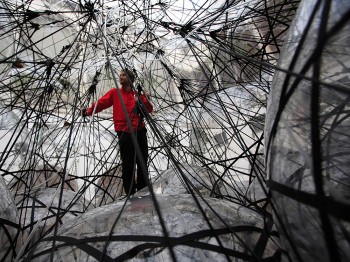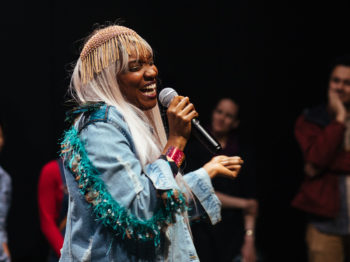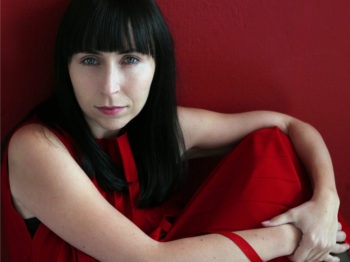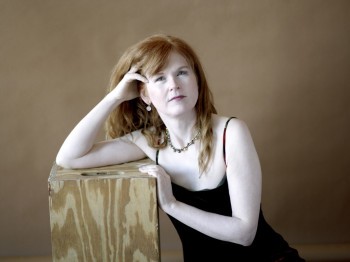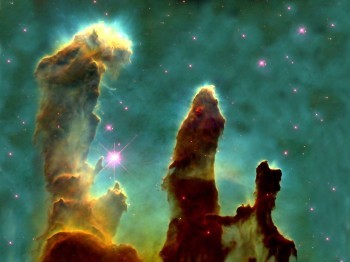
Top Picks: Space-Themed Art Projects at MIT
Who can win this challenge from MIT astronomers to create the best astronomical art? Here are our top picks for space-themed art to get those creative juices flowing.
EDITORIAL DIRECTOR
Leah Talatinian
Senior Officer for Marketing and Communications

Who can win this challenge from MIT astronomers to create the best astronomical art? Here are our top picks for space-themed art to get those creative juices flowing.

In 2012, MIT Visiting Artist Mel Chin collaborated with Markus Kayser, a Research Assistant in the Media Lab’s Mediated Matter group, to develop The Saharan Sand Dollar Exchange Machine, a solar powered and fully active money exchange machine.
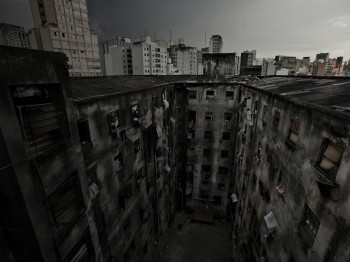

“We are an urban species,” Cizek says. As an ambitious “multi-year, transmedia collaborative documentary project,” Highrise explodes traditional notions of what a documentary can be.


Check out our Inaugural Visiting Artist Tomás Saraceno’s newest installation, a netted web that extends 65 feet into the air, in Germany’s K21 Staendehaus Museum. For more information on the ideas that drive Saraceno’s work, read about his far-ranging conversations with MIT scientists and engineers on biomimicry, atmosphere, and cosmology.
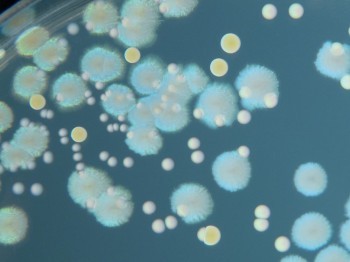

Spliced with the same protein molecule that causes jellyfish to light up so brilliantly, Tal Danino’s e. coli bacteria pulse and flash like blinking neon signs. Danino, an MIT postdoc in Dr. Sangeeta Bhatia’s lab at the Koch Institute for Integrated Cancer Research, programmed the bacteria to release the protein through a phenomenon called quorum sensing, a way in which bacteria communicate with one another in order to function as a group.
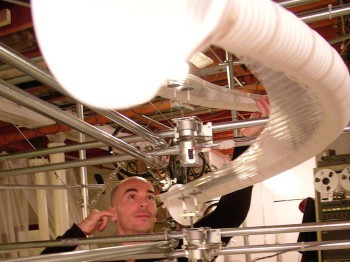
The list of materials for robotic instrument builder Andy Cavatorta’s new project includes, but is not limited to, Mongolian horse hair, dried wasps nests, and plenty of vacuum tubes. For Cavatorta, a Media Lab alum who recently designed a twenty-foot … Continued


Late one night, violinist and MIT alumna Julia Ogryzdiak looked outside the window of her Oakland loft and saw an unusual sight. “I saw all these kids practicing choreography with fire on their heads,” she recalled at Wednesday’s lecture-demonstration.

Reposted from MIT News Trimpin — he goes by his surname only — first immigrated to the United States in 1979 because there was not enough junk in his native Germany. In the scrapyards and Boeing surplus stores in Seattle, … Continued


Tristan Perich writes music in 1s and 0s. His is an art determined by the binary on/off logic of the computer, an art in search of foundational laws. He is interested in processes, scripts, and scores: cyclical and infinite sets of rules that illuminate the possibilities and limitations of the knowable world.
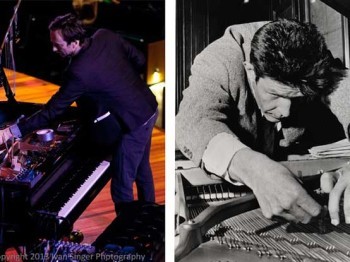
Guest post by Evan Ziporyn, Kenan Sahin Distinguished Professor of Music at MIT and Inaugural Director of the Center for Art, Science & Technology. Pamela Z and Hauschka met only moments before their back-to-back lecture/demonstrations last Wednesday; two days later … Continued
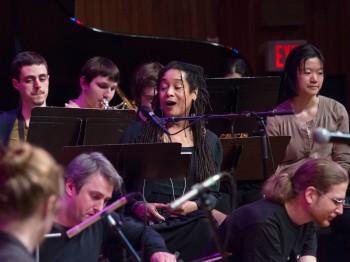

It was likely the first time Senegalese sabar drums, a cello, a didgeridoo, an accordion, a piano and panpipes made from test tubes all occupied one stage together. A follow-up to 2011’s FAST Forward Marathon concert, the concert celebrated the convergence of art and technology — from simple percussive acts to the most sophisticated gestural controls — and showcased the many creative tools and techniques used by artists from MIT and beyond.
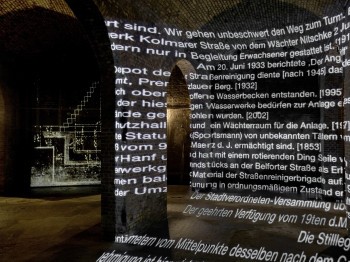

I first heard Arnold Dreyblatt’s music while couch surfing in the early 1980s, in a loft in what we still were getting used to calling Tribeca. The picture on the album cover was enough to do it for me, but the music was something else entirely. Metallic shards of overtones, emanating from what I eventually learned to be Arnold’s bass, in simple but mesmerizing rhythms, shooting off in all directions, latched onto by other instruments with similarly resonant qualities – his Orchestra of Excited Strings.
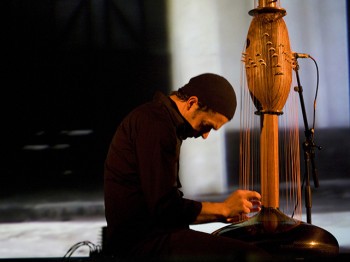

Victor Gama is a composer whose process begins with the creation of an entirely new instrument, one whose design is steeped in symbolic meaning. Concept design, the selection of materials, fabrication, and scoring is all part of the rigorous way Gama creates new music for the 21st century, blending current fabrication technologies with ideas, materials, and traditions inspired by the natural world.
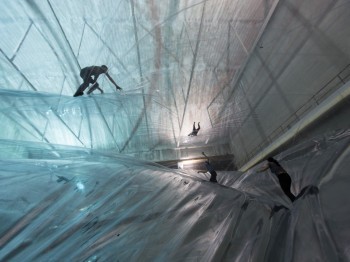
In Tomás Saraceno’s most recent installation On Space Time Foam, visitors are invited to enter three clear membranes of plastic suspended 25-meters in the air. The installation creates a new bodily experience, transforming everyday perceptions of space and one’s relationship to others. In this work, he takes as his material and inspiration the basics of physics: mass, energy, space, and gravity. At MIT, he had the opportunity to share his work with physicists Jerome Friedman and Robert Jaffe, Edward Farhi, and Alan Guth from MIT’s Center for Theoretical Physics.
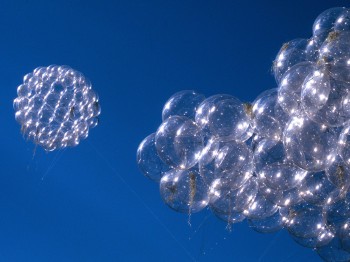
The dream of Saraceno’s ongoing project, “Cloud City,” is not only to live among the clouds but also to create cities more like clouds – changeable, mobile, and responsive to atmospheric shifts. His experimental sculptures, expressing an aerial vision for the future, are often prototypes for incubating an interconnected existence in the sky. At MIT, Lodovica Illari, Adrian Dalca and Michael Rubinstein, and John Hansman shared with Saraceno their expertise on atmosphere and flight, representing the exciting possibilities in hinging visionary thinking to technical expertise, imaginative speculation to material realities.
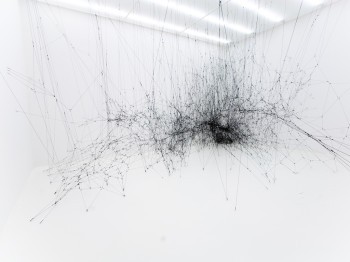
When asked who the audience was for his work during a public lecture here at MIT, Tomás Saraceno replied, “spiders!” Here we explore the artist’s ongoing interest in biomimicry –- the creative application of natural systems and processes towards human solutions -– through the work of several MIT researchers. Like Saraceno – whose aerial installations take inspiration from spider webs, soap bubbles, neural circuits, and cosmology – faculty Markus Buehler, Neri Oxman, and Dörthe Eisele are similarly interested in harnessing the power of nature to create new materials for a more sustainable future.
